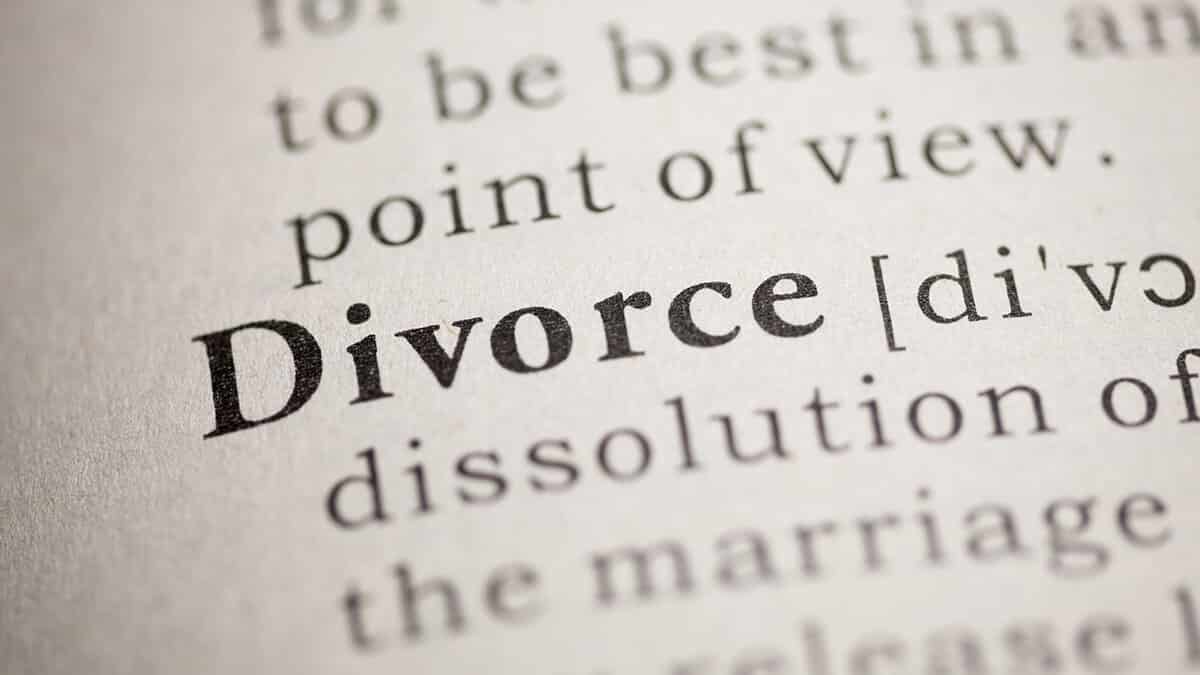In this guide
Separation and divorce are on the rise in older couples, often after decades together. If you are in an unhappy or difficult relationship and contemplating a split, you may be wondering what will happen to your Age Pension.
Not only that, but you may be unsure about the best way to notify Centrelink of your change in circumstances.
The Age Pension assets test and income test is applied to a couple’s combined resources. It assumes that a couple can and will pool their resources to ensure all their expenses are met. Arguably, expenses for a couple are less per person than expenses for a single person. That’s why the maximum rate of Age Pension for a single person is currently $1,064 per fortnight for homeowners, while a home-owning couple can be paid a maximum of $802 each.
Note
There are also different thresholds at which the pension starts to reduce – and different cut-out points – for singles and couples, and for those who own their own home and those who don’t. What your Age Pension might look like post-separation can vary greatly depending on your circumstances.
Learn more about the Age Pension assets test and income test.
Check out the Age Pension rates and thresholds.

Leave a Reply
You must be logged in to post a comment.